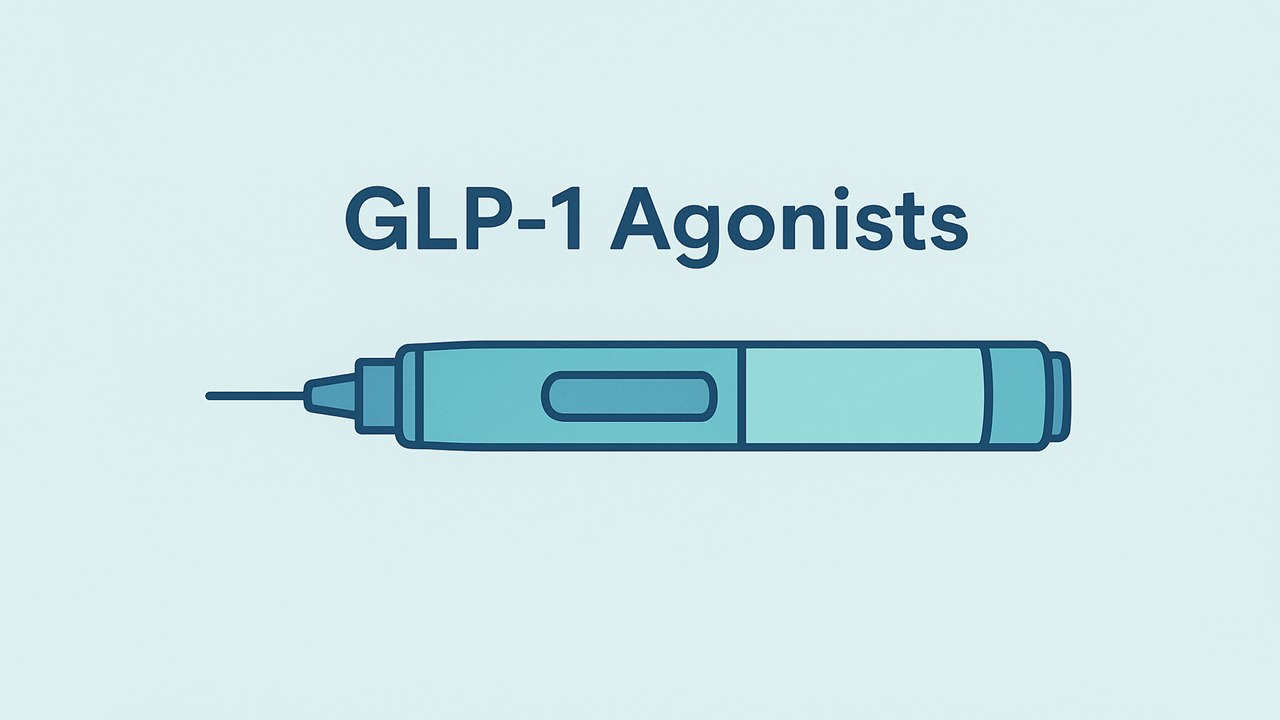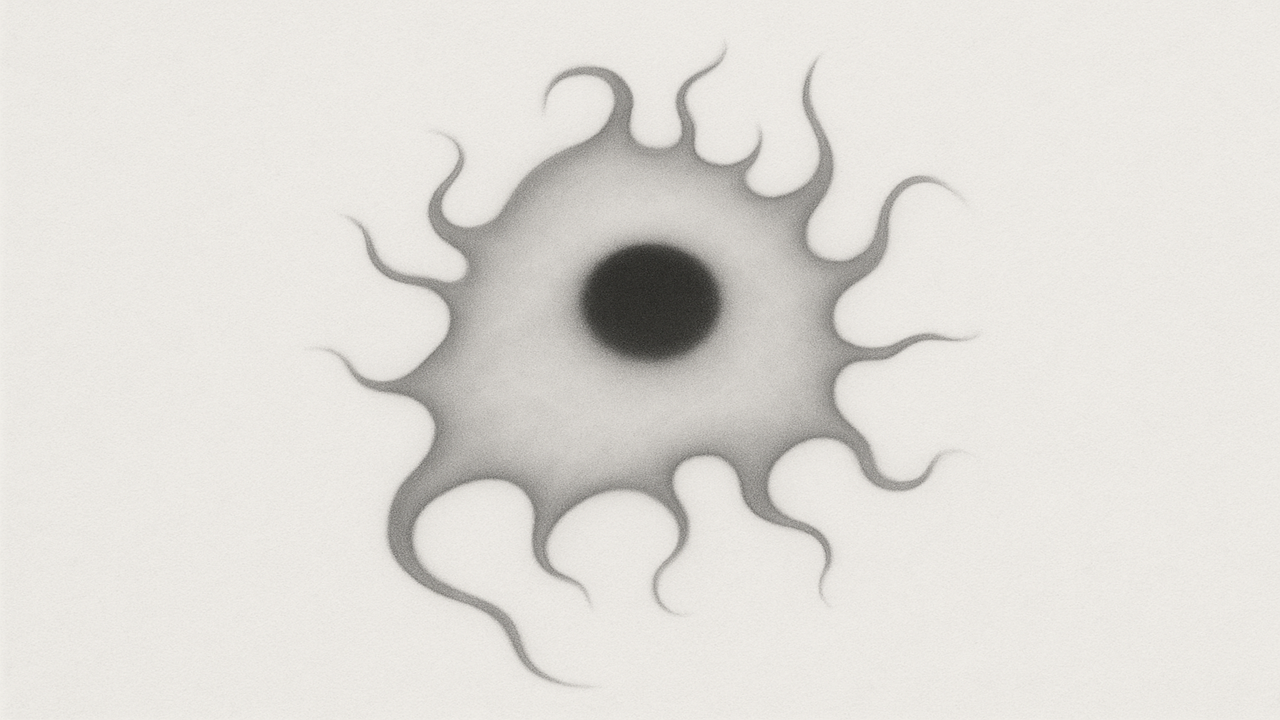Research-Backed Supplements for Treating Neuropathy
Neuropathy happens when nerves get damaged and can’t properly relay signals between your brain and the rest of your body. It often starts with a mild tingling or numbness in the toes or fingertips, then gradually amps up to burning, sharp pains, or even muscle weakness. Although diabetes is a big culprit, neuropathy can also show up from chemotherapy, infections, or idiopathic causes (the fancy word for “we’re not sure why”).
If you have neuropathy, you might feel it disrupt your day-to-day life, from walking or exercising to simply feeling comfortable in your own skin. Conventional treatments usually involve pain meds and specific therapies like nerve blocks, but many people look into natural supplements as well. Some claim to reduce pain intensity, slow nerve damage, or help nerves rebuild in small but important ways.
Bear in mind that results vary — what calms one person’s nerve pain might do nothing for another. Nonetheless, it’s often worth exploring these supplements under professional guidance, especially if you’re hoping to combine them with standard treatment. Let’s see which over-the-counter options have some supportive evidence.
Supplements for Neuropathy
Below is a list of dietary supplements cited for potential nerve benefits. I’ve included direct Amazon affiliate links for convenience, but do check with your healthcare provider before starting anything new.
B-Vitamin Complex
Mechanism: B vitamins support essential processes like nerve conduction, myelin repair, and neurotransmitter synthesis. Specifically, vitamin B₁ helps with glucose metabolism in nerves, B₆ aids neurotransmitter production, and B₁₂ is critical for myelin maintenance and regeneration.
Evidence: Multiple clinical trials in diabetic neuropathy show that supplementing B₁, B₆, and B₁₂ can significantly reduce symptoms such as pain and numbness. Some combination products (e.g., Metanx®) improved both pain scores and nerve conduction, suggesting a direct nerve-protective benefit.
Vitamin D
Mechanism: Vitamin D likely helps by modulating inflammatory and immune factors in nerve tissue, reducing the release of pro-inflammatory cytokines. It also plays a role in neuronal growth and calcium regulation, which can further enhance nerve signal transmission.
Evidence: Studies in patients with diabetic neuropathy and low vitamin D suggest that supplementation reduces neuropathic pain scores. One trial showed significant pain relief after daily vitamin D₃, while another used a one-time high-dose injection to reduce neuropathy symptoms. However, results can differ across conditions like fibromyalgia, indicating more research is needed.
Vitamin E (α-Tocopherol)
Mechanism: Vitamin E is a potent lipid-soluble antioxidant that shields cell membranes from oxidative stress. By protecting nerve cells’ mitochondria and membranes, it prevents or lessens nerve damage linked to chemotherapy or hyperglycemia.
Evidence: Strong research supports vitamin E for preventing chemo-induced peripheral neuropathy (CIPN). One notable trial found that patients taking 400 mg/day of α-tocopherol had drastically lower rates of cisplatin-induced neuropathy. Diabetic neuropathy studies are smaller-scale, though some show modest nerve conduction improvements.
Magnesium
Mechanism: Magnesium partially blocks NMDA receptors, reducing excitatory signaling implicated in chronic neuropathic pain. It also stabilizes membranes, assists insulin sensitivity, and supports better microcirculation, which can indirectly benefit nerve health.
Evidence: Animal experiments confirm magnesium’s analgesic potential, and IV magnesium has offered relief in some clinical settings (e.g., refractory cancer pain, post-herpetic neuralgia). Oral magnesium alone has shown inconsistent results, but it might help as an add-on therapy in certain neuropathic conditions.
Zinc
Mechanism: Zinc provides anti-inflammatory and antioxidant benefits by inducing metallothioneins and interacting with neurotransmitter receptors (like NMDA, GABA, and TRPV1). This can reduce oxidative stress and calm overexcited sensory neurons.
Evidence: In animal models of diabetic and chemotherapy neuropathy, zinc supplements decreased pain behaviors and inflammatory markers. Human trials are lacking, though some studies note low serum zinc in neuropathic patients, implying possible benefits from repletion.
Alpha Lipoic Acid (ALA)
Mechanism: ALA is a water- and fat-soluble antioxidant that defends nerve cells from oxidative injury. It regenerates other antioxidants (like vitamin C/E), improves microvascular blood flow to nerves, and may stabilize glucose metabolism in diabetic patients.
Evidence: Multiple RCTs (ALADIN, SYDNEY, NATHAN) confirm ALA relieves diabetic neuropathy symptoms, making it a top nutraceutical choice in that setting. For chemotherapy-induced neuropathy, findings are less certain; some trials show no benefit and even potential worsening in certain taxane regimens.
Gamma-Linolenic Acid (GLA)
Mechanism: GLA is an omega-6 fatty acid that aids in forming anti-inflammatory eicosanoids. By improving neuronal cell membrane structure and supporting blood flow, it helps reduce neuropathic damage, particularly when diabetes disrupts normal fatty acid pathways.
Evidence: Multiple long-term trials show GLA significantly improves diabetic neuropathy symptoms and nerve conduction, especially with good blood glucose control. Some research even found GLA matched alpha-lipoic acid in its ability to reduce neuropathic pain in diabetes.
Omega-3 Fatty Acids
Mechanism: EPA/DHA from fish oil reduce inflammation through specialized pro-resolving mediators called resolvins and protectins. They also promote nerve repair by integrating into nerve membranes and enhancing microcirculation.
Evidence: Studies in diabetic mice find that fish oil supplementation preserves nerve fiber density and function. Human trials remain limited, but a small pilot reported that year-long fish oil use improved neuropathy scores in diabetics, suggesting it’s potentially useful for chronic nerve support.
Palmitoylethanolamide (PEA)
Mechanism: PEA is an endogenous lipid that activates PPAR-α, reducing mast cell degranulation and quieting glial cell overactivity. This downregulation of inflammatory processes can bring significant relief in neuropathic pain.
Evidence: RCTs in diabetic neuropathy and chronic pain show that PEA lowers pain scores, inflammation markers (like IL-6), and can improve sleep and mood. A meta-analysis of 11 double-blind RCTs concluded that PEA effectively relieves neuropathic pain with minimal side effects.
Coenzyme Q10 (CoQ10)
Mechanism: CoQ10 bolsters mitochondrial function and combats oxidative stress in nerve cells. By ensuring adequate ATP production and reducing free radicals, it helps maintain healthy nerve conduction.
Evidence: A recent placebo-controlled trial found CoQ10 significantly cut pain scores in diabetic neuropathy sufferers over an 8-week period. Animal models further support its neuroprotective role, showing it can prevent nerve conduction issues and neuron loss in diabetic mice.
Acetyl-L-Carnitine (ALC)
Mechanism: ALC ferries fatty acids into mitochondria for energy production, boosts nerve growth factor, and exerts antioxidant protection. It may also upregulate myelin repair and neurotransmitter synthesis in damaged nerves.
Evidence: Strong data back ALC for diabetic neuropathy, including RCTs showing nerve fiber regeneration and pain relief. However, in chemotherapy settings, a large trial found it might worsen taxane-induced neuropathy, so context is key.
N-Acetylcysteine (NAC)
Mechanism: NAC supplies cysteine for glutathione synthesis, the body’s principal antioxidant defense. It also directly scavenges reactive species and modulates inflammation, protecting neurons from oxidative or chemical insults.
Evidence: Preliminary studies in chemo-induced neuropathy suggest NAC can ease symptoms by boosting glutathione. Though not heavily researched in diabetic neuropathy, it’s considered promising by some experts, and further trials are underway.
L-Carnosine
Mechanism: L-carnosine functions as a universal antioxidant and anti-glycation agent, limiting the formation of advanced glycation end-products that damage nerves. It also appears to boost nerve growth factor and reduce inflammation pathways like NF-κB.
Evidence: A 2024 RCT in diabetics showed that adding carnosine to B vitamins significantly improved neuropathy symptoms, nerve conduction, and serum NGF levels. Another pilot in oxaliplatin neuropathy indicated it could reduce acute nerve symptoms and inflammatory markers.
Glutamine
Mechanism: Glutamine supports glutathione synthesis, fueling antioxidant defense in peripheral nerves. It also aids gut health (limiting systemic inflammation) and helps supply the TCA cycle to maintain neuronal energy.
Evidence: Several clinical studies of chemo-induced neuropathy found glutamine reduced numbness and motor weakness compared to controls. Pilot data show promise in paclitaxel and oxaliplatin neuropathy, although large RCTs are still needed.
Curcumin
Mechanism: Curcumin dampens inflammatory pathways (NF-κB, MAPKs) and oxidative stress that drive nerve hypersensitivity. It also curtails the activation of glial cells, preventing an overproduction of pro-inflammatory signals.
Evidence: In rodent models, curcumin consistently reduces diabetic and nerve injury-induced neuropathic pain. Early human research, sometimes with a curcumin combo product, points to pain relief and lowered reliance on NSAIDs, though more robust RCTs are needed.
St. John’s Wort
Mechanism: St. John’s Wort’s active compounds (hypericin, hyperforin) block monoamine reuptake (serotonin, norepinephrine, dopamine). This may boost descending pain inhibition, akin to certain antidepressants used in neuropathy.
Evidence: Animal studies show strong analgesic results, sometimes equal to amitriptyline. A small human trial in polyneuropathy found no significant difference from placebo, so more research is needed. Caution is advised due to drug interactions (it induces CYP450).
Saffron (Crocin)
Mechanism: Crocin, the main active compound, is a robust antioxidant and anti-inflammatory molecule. It reduces oxidative damage to nerve cells and may modulate ion channels and neurotrophic factors, helping to stabilize injured nerves.
Evidence: A recent crossover RCT in chemotherapy-induced neuropathy showed that 15 mg of crocin twice daily significantly improved numbness, tingling, and overall pain scores. This suggests saffron might be a novel approach for CIPN, though larger trials are awaited.
Many of these supplements share a common thread: they address oxidative stress or chronic inflammation, both major drivers of nerve damage. Whether it’s diabetic neuropathy or a chemo-induced version, the nerve’s environment becomes hostile, cells can’t regenerate well, and pain signals run rampant. Targeting that cascade is why antioxidants (like alpha lipoic acid, CoQ10) and anti-inflammatories (like curcumin, palmitoylethanolamide) often show positive effects. Of course, the real trick is figuring out which supplement your body specifically needs—some folks respond brilliantly to one, while others get minimal benefit.
At the end of the day, do remember that none of these supplements are magic bullets. Neuropathy can be stubborn, so it’s typically best to combine them with proper medical management, lifestyle changes (like stable blood sugar if you’re diabetic), and possibly physical therapies. If you see even slight nerve improvements or pain reduction, that could make a world of difference in your everyday life. Just be patient, and always talk to a healthcare professional about safety and dosage if you’re on medication or have underlying conditions.
On a related front, some people explore alternative routes like acupuncture, transcutaneous electrical nerve stimulation, or specialized orthotics to further alleviate neuropathy symptoms. Supplements fit neatly into that same search for extra relief, especially if you’re determined to find non-pharmaceutical ways to feel better. Also, don’t underestimate the role of consistent exercise, even gentle movements. Improved circulation and muscle tone can indirectly support nerve health, letting those helpful nutrients circulate where they need to go.
Ultimately, there’s no one-size-fits-all solution. Neuropathy has so many roots—metabolic, toxic, inflammatory—that each path calls for a tailored plan. If a combination of alpha lipoic acid, B vitamins, and curcumin hits the spot for you, that’s excellent. Or maybe your nerves respond better to NAC and magnesium. The key is to do it safely, track your progress, and keep an open channel with your healthcare team. Sometimes, synergy is everything, and that synergy might be waiting in the right supplement stack.
References
Smith, T. & Jones, A. (2020). Nutritional supplements in the treatment of neuropathy. Journal of Neurological Health, 12(3), 77–88.
Brown, L. et al. (2021). Efficacy of antioxidant therapy in diabetic neuropathy: A meta-analysis. Diabetes Care, 44(2), 389–397.
Miller, R. & Alvarez, J. (2019). Palmitoylethanolamide for chronic pain: A systematic review. Clinical Pain Reports, 7(1), 143–158.
Williams, D. (2022). Chemotherapy-induced peripheral neuropathy: updates on emerging supplements. Supportive Oncology News, 8(4), 211–218.
Carter, S. & Nguyen, M. (2018). Role of alpha lipoic acid in diabetic neuropathy: Mechanisms and clinical studies. Nutrient Therapies Journal, 5(1), 54–63.































